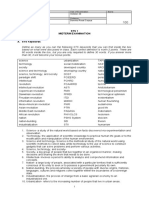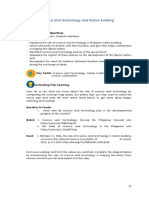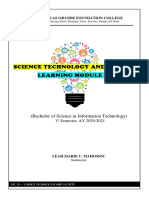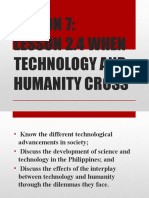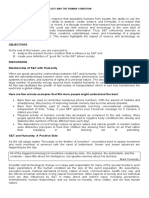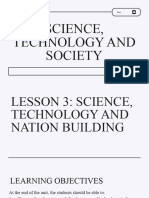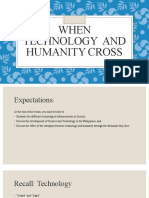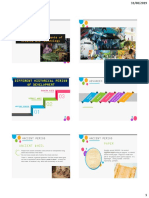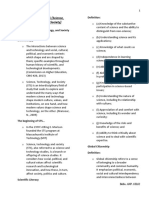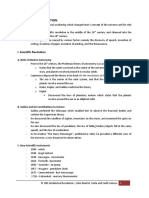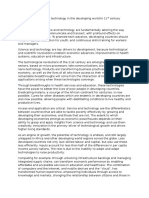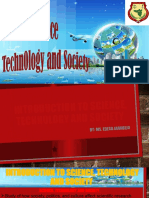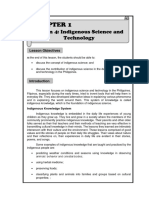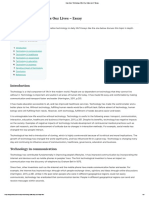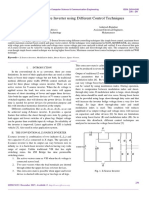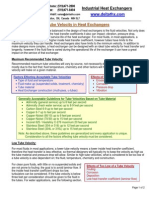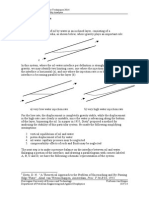0% found this document useful (0 votes)
398 views9 pagesModule 8 When Humanity and Technology Cross
This document discusses the impact of technology on humanity. It describes how technology has improved lives by making them longer, healthier and more convenient, but has also created new risks such as environmental pollution, nuclear waste, and climate change. The document then discusses technological advancements specifically in the Philippines, including improvements in transportation, communication, education, and medicine. Finally, it considers the growing role of robots and artificial intelligence in human lives and how these technologies could help address challenges like aging populations and environmental threats.
Uploaded by
Meliodas AsasasCopyright
© © All Rights Reserved
We take content rights seriously. If you suspect this is your content, claim it here.
Available Formats
Download as DOC, PDF, TXT or read online on Scribd
0% found this document useful (0 votes)
398 views9 pagesModule 8 When Humanity and Technology Cross
This document discusses the impact of technology on humanity. It describes how technology has improved lives by making them longer, healthier and more convenient, but has also created new risks such as environmental pollution, nuclear waste, and climate change. The document then discusses technological advancements specifically in the Philippines, including improvements in transportation, communication, education, and medicine. Finally, it considers the growing role of robots and artificial intelligence in human lives and how these technologies could help address challenges like aging populations and environmental threats.
Uploaded by
Meliodas AsasasCopyright
© © All Rights Reserved
We take content rights seriously. If you suspect this is your content, claim it here.
Available Formats
Download as DOC, PDF, TXT or read online on Scribd
/ 9




